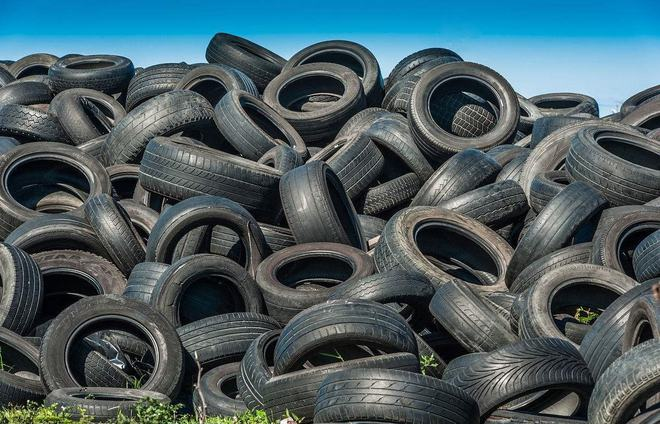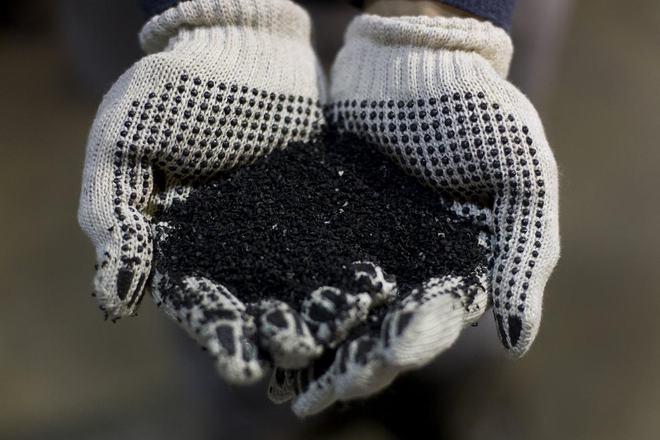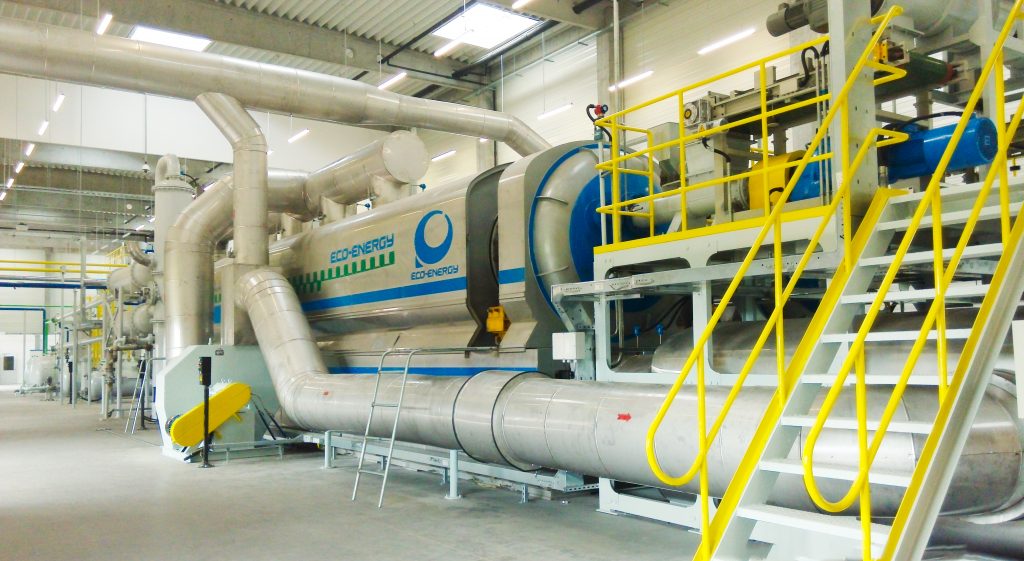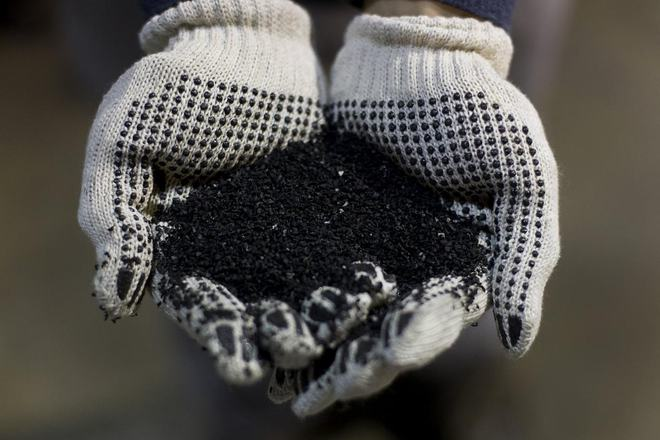In recent years, car ownership in China has gradually increased in line with the living standards of the masses. This has given rise to the question of what to do with the waste tyres removed from cars.
In order to be more durable, tires are often made from natural rubber, synthetic rubber, steel cord, cord fabric and carbon black. But when they are discarded, these sturdy tyres become a headache. It is difficult to naturally degrade in ordinary landfills. When piles of tyres are set alight, they not only cause fires but also cause huge pollution to the environment.

In 1999, there was a massive fire in California, USA, caused by the ignition of a pile of discarded tyres. The smoke billowed 600 metres into the air, sending a “black rain” through the surrounding city.
For the purpose of waste utilization, The United States used scrap tires to pave roads, making the road environmentally friendly and low-noise. The tyres are simply cut off at the side, disposed of neatly on the ground where the road is to be laid, and then filled with gravel and asphalt to complete the construction process. On the whole, the process is very simple. And the roads built using tyres are much stronger than those built purely from gravel and asphalt as the tyres underneath act as a somewhat flexible skeleton.
This method also has its inherent disadvantages. On the one hand, it can only be used for the construction with a low load-bearing capacity. If this method is used on motorways, it loses its effectiveness. On the other hand, this method cannot be used on roads that require frequent reconstruction. Once the construction crew carries out operations that require damage to the road surface, the entire road surface is rendered useless as the structure is destroyed.
China is using a more scientific approach to waste tyres. In simple terms, waste tyres are ground into powder and mixed with asphalt to form rubber asphalt to pave roads. This makes the pavement more resistant, frost and wear. It can be used not only for highways but also for airport runways.

In addition to infrastructure development, China has also developed other methods of waste tyre treatment. For example, the industrial continuous pyrolysis technology developed by Niutech, as the ultimate treatment method for waste tyres, can truly achieve harmless, reducive and resource utilization of waste tyres. Waste tyres can be converted into high value-added energy products such as fuel oil, carbon black and steel wire. Advanced technology, techniques and equipment ensure that the entire treatment process is energy efficient, safe and environmentally friendly. And the comprehensive utilisation rate reaches 100%.
With its wide material adaptability, low processing costs, intelligent automation and outstanding environmental benefits, pyrolysis technology has been applied in dozens of countries around the world, including China, Germany, USA, UK, Denmark, Brazil, Hungary, Turkey, Estonia, Iraq, India and Thailand.

Waste tires, previously known as black pollution, are gradually being turned into another form of vital resource.
Email: contact@niutech.com
Tel: 86 531 86196301


No comment